Product Consultation
Your email address will not be published. Required fields are marked *
In the world of industrial machinery, where immense forces must be controlled with accuracy and reliability, heavy duty hydraulic cylinders serve as the backbone of countless mechanical operations. These robust linear actuators convert fluid pressure into powerful mechanical motion, enabling the lifting, pushing, pulling, and stabilizing of loads that range from construction equipment to massive manufacturing presses.
Far beyond their utilitarian function, heavy duty hydraulic cylinders represent a convergence of materials science, mechanical engineering, and precision design — each tailored to withstand extreme pressures, temperatures, and environmental conditions. Whether deployed in earth-moving excavators, steel production lines, or aerospace testing rigs, these components are essential for industries that demand both brute force and fine-tuned control.
This article delves into the technical architecture, performance characteristics, and evolving applications of heavy duty hydraulic cylinders, shedding light on their indispensable role in shaping modern industrial capabilities.
Core Design and Functional Mechanics
At its most fundamental level, a heavy duty hydraulic cylinder consists of a cylindrical barrel, a piston connected to a rod, and end caps that contain fluid ports. When hydraulic fluid is pressurized within the system, it acts on the piston, generating linear force that can be precisely regulated through valve controls.
Key structural elements include:
Cylinder Barrel : Typically made from high-strength seamless steel tubing, this component houses the piston and must resist internal pressure without deformation.
Piston and Rod Assembly : Constructed from hardened chrome-plated steel, the piston ensures efficient force transfer while the rod connects to the external load.
Seals and Wiper Rings : Prevent fluid leakage and contamination ingress, maintaining efficiency and prolonging service life.
Mounting Options : Designed for trunnion, clevis, flange, or foot mounting, depending on the application’s movement and load requirements.
The performance of these cylinders is defined by parameters such as bore size, stroke length, operating pressure, and load capacity — all of which determine their suitability for specific tasks.
Performance Advantages Over Alternative Actuation Methods
Compared to pneumatic systems or electric linear actuators, heavy duty hydraulic cylinders offer distinct advantages in high-force applications:
High Force Output : Capable of generating forces exceeding several hundred tons, making them ideal for pressing, forming, and lifting operations.
Precise Control : With proportional valves and advanced control systems, hydraulic cylinders allow for smooth, adjustable speed and position modulation.
Overload Protection : Hydraulic systems inherently provide resistance to shock loading and can incorporate pressure relief mechanisms to prevent damage under unexpected stress.
Durability in Harsh Environments : Unlike electrical systems, hydraulics perform reliably in dusty, wet, or high-temperature environments commonly found in mining, construction, and marine operations.
These attributes make heavy duty hydraulic cylinders the preferred choice in applications where mechanical integrity and operational consistency are non-negotiable.
Applications Across Key Industries
Heavy duty hydraulic cylinders are integral to a broad spectrum of industrial sectors, each leveraging their strength and adaptability:
1. Construction and Earthmoving Equipment
Used in excavators, bulldozers, dump trucks, and cranes to lift heavy materials, tilt buckets, and stabilize machinery on uneven terrain.
2. Manufacturing and Press Operations
Employed in forging presses, injection molding machines, and metal stamping equipment to apply controlled, repeatable force at high tonnages.
3. Marine and Offshore Platforms
Provide actuation for ship rudders, crane booms, subsea valves, and drilling rig positioning systems, often designed to withstand saltwater corrosion and deep-sea pressures.
4. Agricultural Machinery
Integrated into combine harvesters, loaders, and plows to adjust height, tilt, and implement positioning with high responsiveness.
5. Mining and Quarrying
Utilized in rock breakers, haul trucks, and conveyor tensioning systems where extreme durability and power density are essential.
6. Aerospace and Defense
Support flight simulators, aircraft landing gear deployment, missile launch systems, and structural testing rigs requiring precise force calibration.
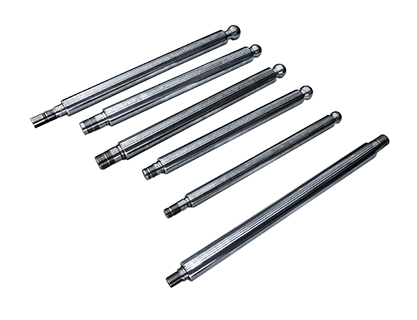
Each application demands a tailored approach to cylinder design, including material selection, sealing technology, and integration with control systems.
Integration with Smart Hydraulic Systems
As industrial automation progresses toward Industry 4.0, heavy duty hydraulic cylinders are being enhanced with digital monitoring and predictive maintenance capabilities:
Embedded Sensors : Measure pressure, temperature, and displacement in real time, providing data for condition-based maintenance.
Smart Valves and Controllers : Enable closed-loop feedback systems that optimize performance and energy consumption.
Hydraulic Condition Monitoring : Detects fluid contamination, wear particles, or seal degradation before failure occurs.
Remote Diagnostics and IoT Connectivity : Allows operators to monitor system health remotely, reducing downtime and increasing safety.
These advancements not only improve operational efficiency but also contribute to safer, more intelligent machine ecosystems.
Challenges and Considerations in Cylinder Selection
Despite their many strengths, deploying heavy duty hydraulic cylinders requires careful consideration of several factors:
Load Requirements : Understanding static and dynamic loads is crucial to selecting the correct bore size and pressure rating.
Environmental Exposure : Corrosive atmospheres, extreme temperatures, and abrasive particulates may necessitate specialized coatings or sealing solutions.
Maintenance Accessibility : In remote or hazardous locations, ease of servicing and availability of spare parts become critical.
Energy Efficiency : While hydraulics offer high force, they can be energy-intensive; recent developments focus on improving efficiency through regenerative circuits and variable pump control.
Proper specification and integration are key to ensuring long-term reliability and cost-effectiveness.
Innovations and Future Directions
Looking ahead, the evolution of heavy duty hydraulic cylinders is being shaped by emerging trends in materials, control systems, and sustainability:
Advanced Coatings and Surface Treatments : Nanocomposite coatings and laser cladding techniques enhance wear resistance and corrosion protection.
Hybrid Hydraulic-Electric Systems : Combining hydraulic power with electric actuation for optimized energy use and reduced emissions.
Additive Manufacturing : 3D printing of complex internal geometries enables lighter, stronger, and more customized cylinder designs.
Biodegradable Hydraulic Fluids : Supporting environmental compliance without compromising performance or lubricity.
These innovations reflect a broader shift toward smarter, greener, and more adaptable hydraulic technologies that align with the future of industrial engineering.
Your email address will not be published. Required fields are marked *
Marvelous Design Meets Rigorous Manufacturing
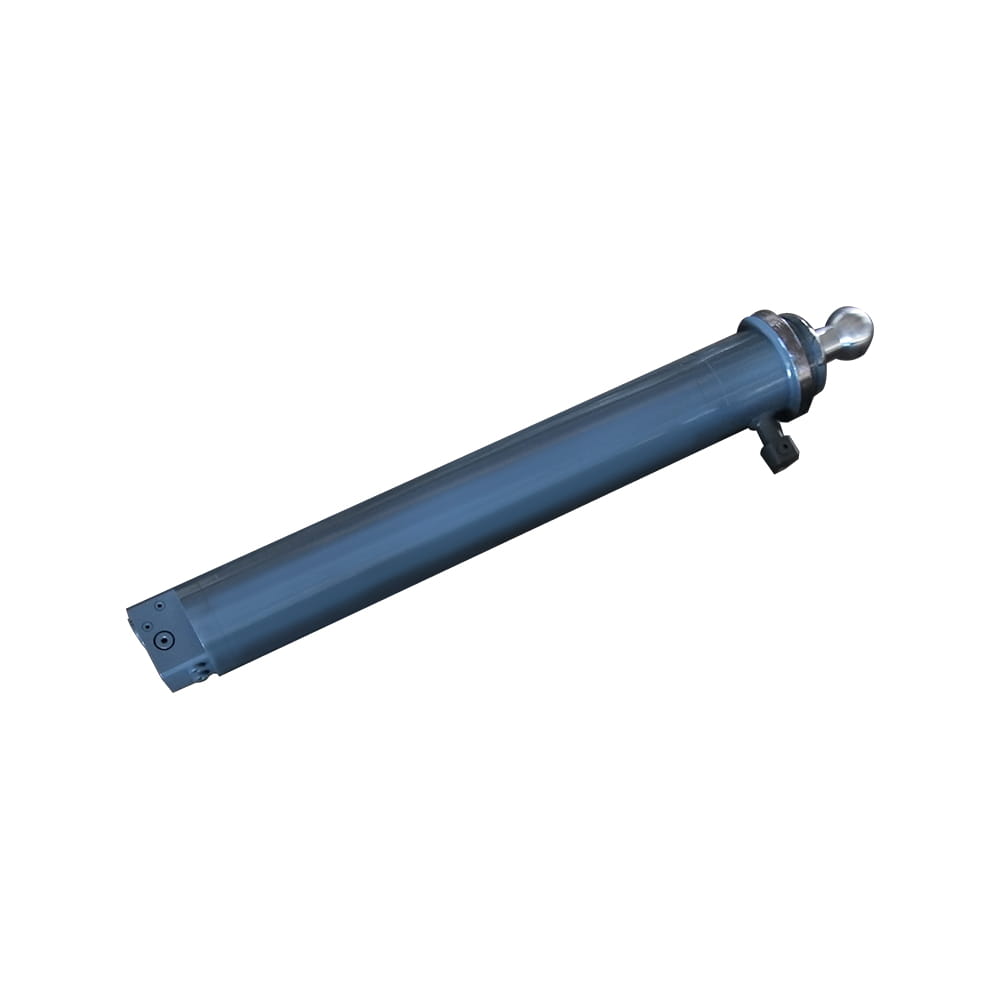 Scissor Lift Aerial Platform Hydraulic Outrigger Cylinder
Scissor Lift Aerial Platform Hydraulic Outrigger Cylinder
Function: Firmly Supports the Vehicle: Ensures stability during operation. The ball-head foot automatically levels on slopes, while the integrated balance valve...
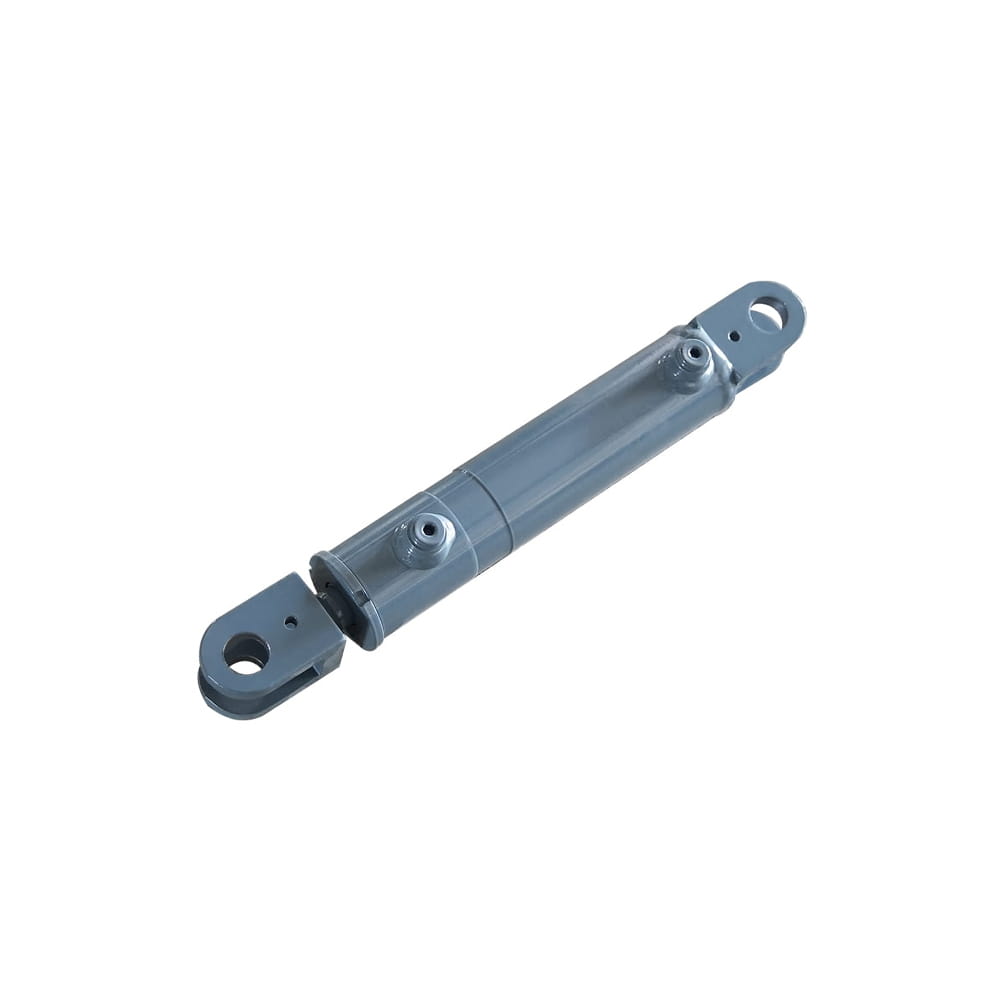 Scissor Lift Aerial Platform Hydraulic Steering Cylinder
Scissor Lift Aerial Platform Hydraulic Steering Cylinder
Function: Connecting Chassis and Wheel Hub: Through hydraulic pressure, drives the piston rod to move, enabling precise wheel hub rotation. This ensures platfor...
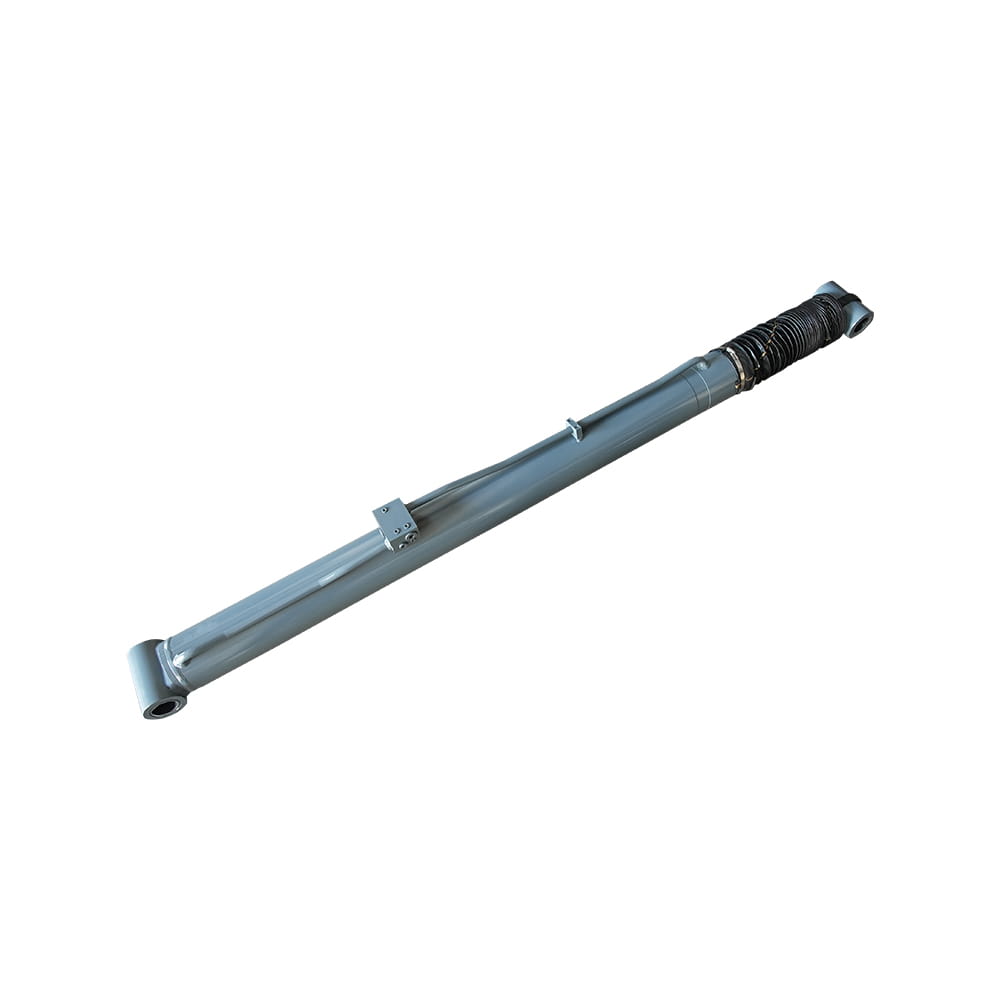 Boom Lift Aerial Platform Hydraulic Luffing Cylinder
Boom Lift Aerial Platform Hydraulic Luffing Cylinder
Function: Adjust the angle of the telescopic arm to flexibly position the work platform at various heights and positions, meeting diverse aerial work requiremen...
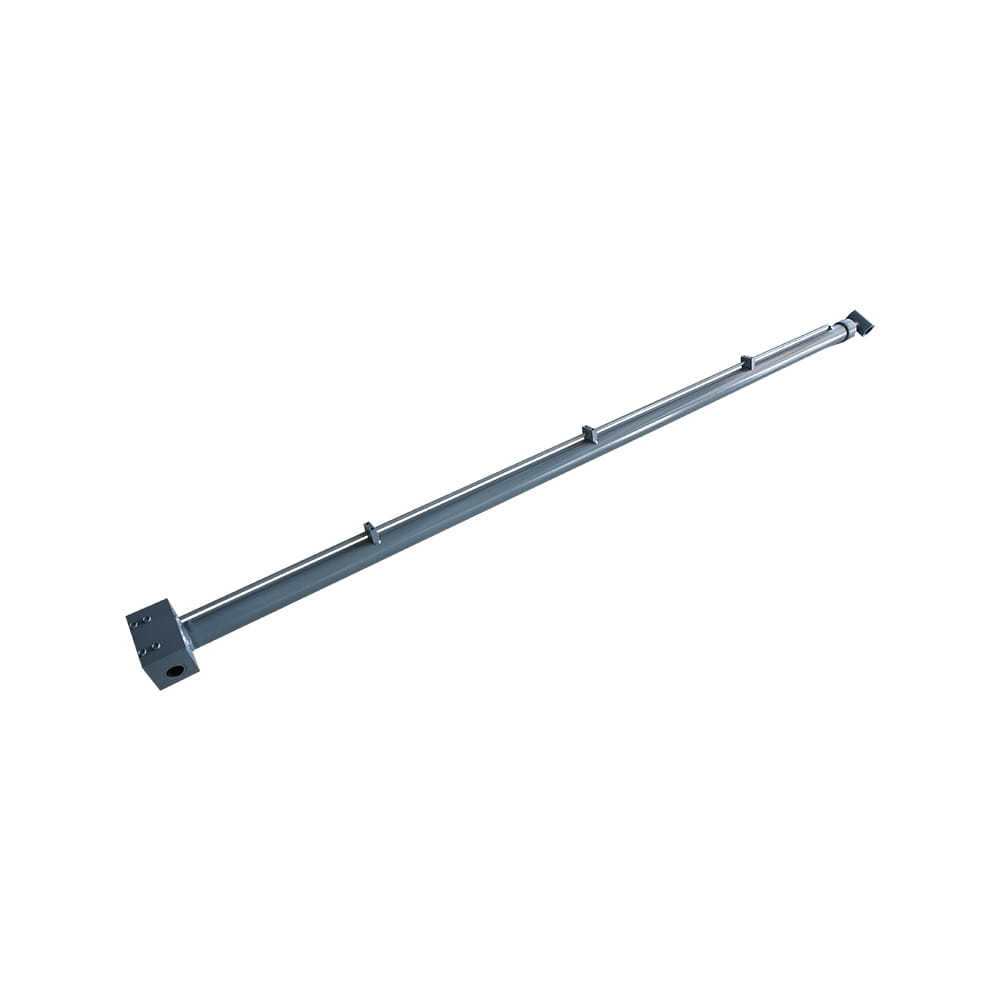 Boom Lift Aerial Platform Hydraulic Telescopic Cylinder
Boom Lift Aerial Platform Hydraulic Telescopic Cylinder
Function: Adjust the length of the arm to allow the aerial work platform to lift and move flexibly, ensuring range and height requirements.
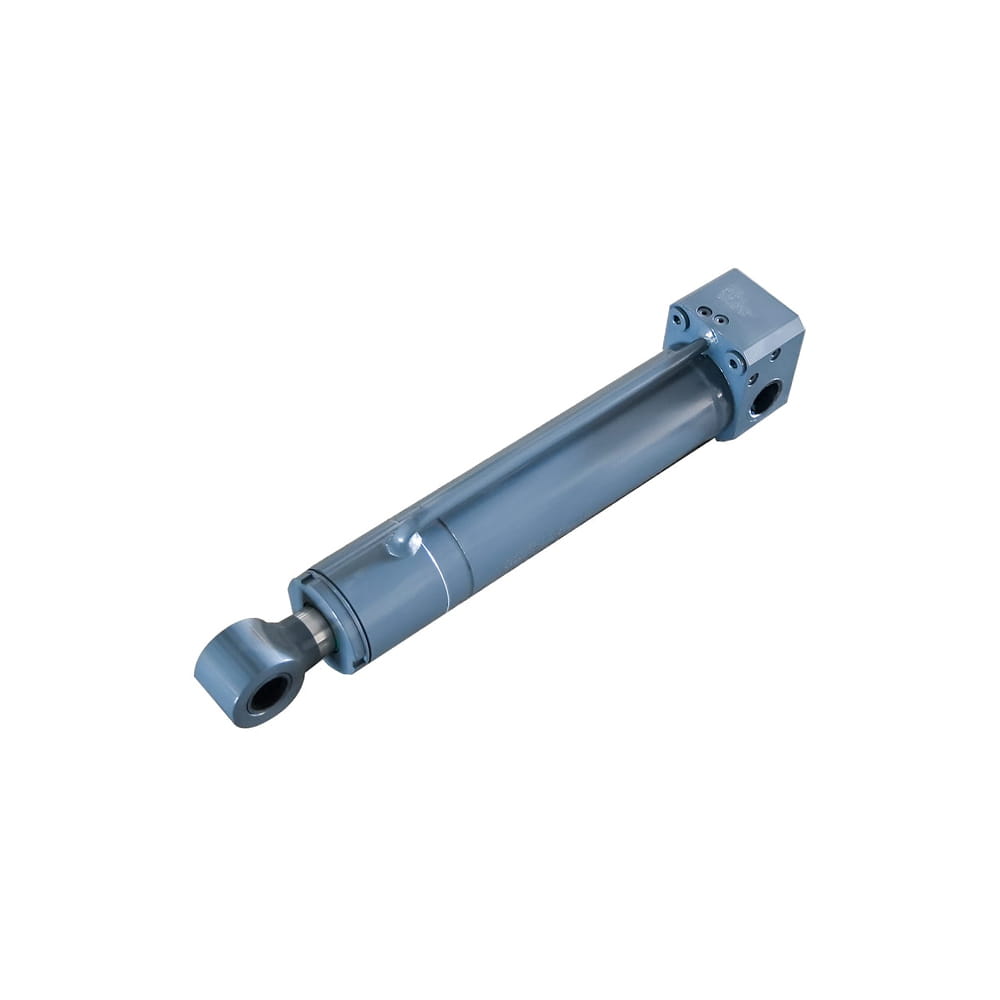 Boom Lift Aerial Platform Hydraulic Frame Leveling Cylinder
Boom Lift Aerial Platform Hydraulic Frame Leveling Cylinder
Function: Automatically adjust the chassis at the bottom of the platform to a level state, ensuring stable and wobble-free support in different terrains and wor...
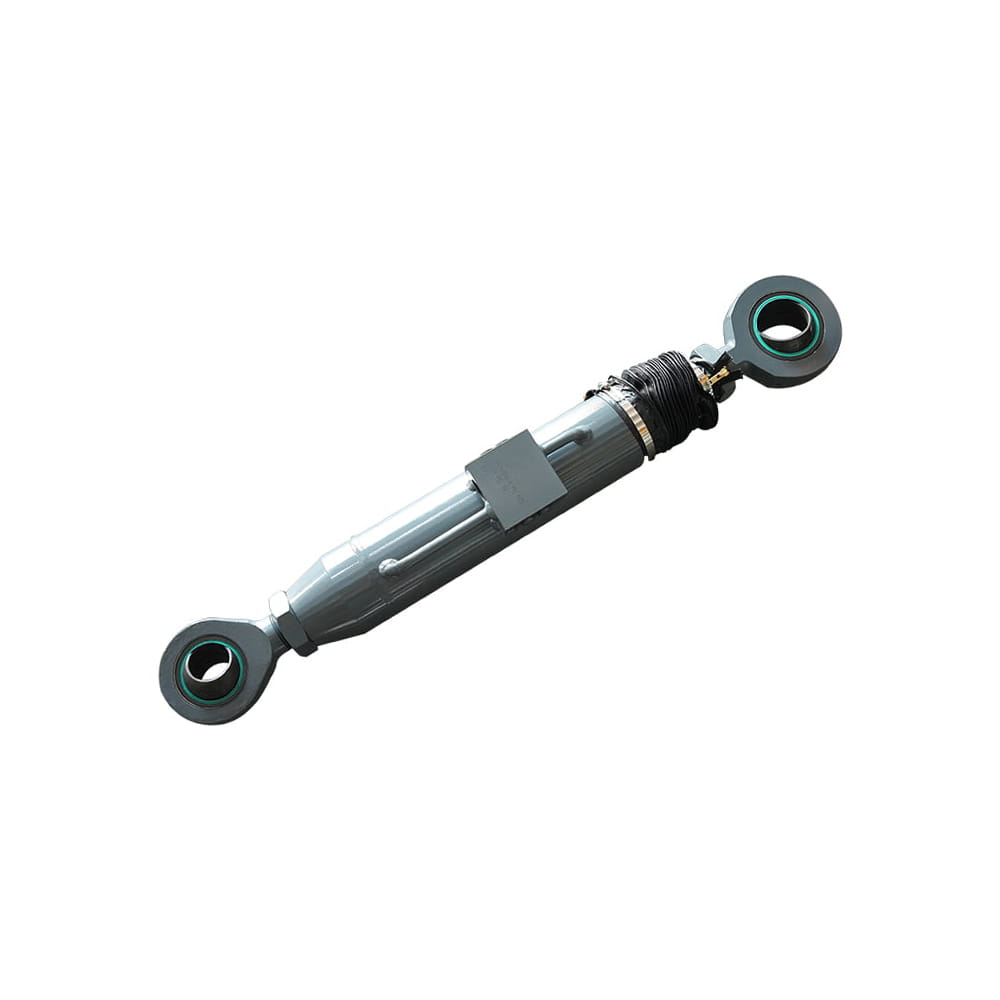 Boom Lift Aerial Platform Hydraulic Bridge Extension Cylinder
Boom Lift Aerial Platform Hydraulic Bridge Extension Cylinder
Function: An important design that enhances adaptability and working range. This function allows the platform to widen its chassis under specific conditions to ...
Copyright © by Zhejiang Huanfeng Machinery Co., Ltd. Rights Reserved.
